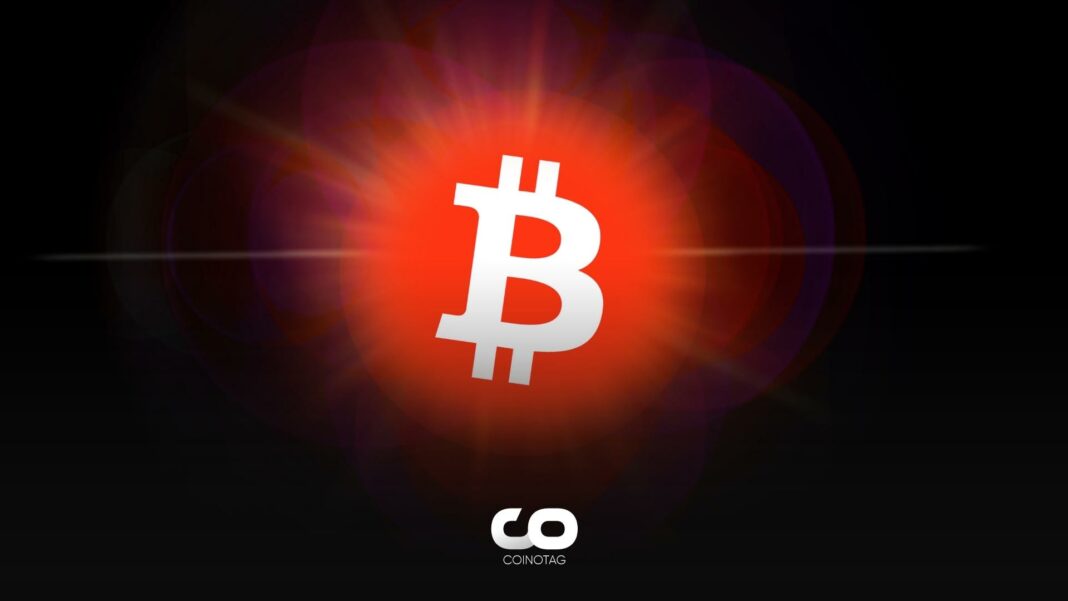- The Bitcoin network has reached the 800,000th block before the mining reward halving, with only 40,000 blocks remaining before the next mining reward halving.
- Each block added to the chain requires more computing power than a malicious attacker would need to attempt to tamper with previous blocks.
- The block height determines the amount of Bitcoin rewarded to miners when they add a new block to the network. Bitcoin is designed to undergo a block halving event every 210,000 blocks or approximately every 4 years.
The Bitcoin network continues to strengthen: The Bitcoin network has successfully reached the 800,000th block, with only 40,000 blocks remaining until the Halving event!
Bitcoin Network Successfully Reaches 800,000 Blocks
The Bitcoin network has reached the 800,000th block before the mining reward halving, with only 40,000 blocks remaining before the next mining reward halving. The 800,000th block contains 3,721 transactions with a size of 1.64 megabytes.
This milestone was widely shared on social media platforms on July 24th, and Bitcoin advocates and industry commentators highlighted this milestone as an indicator of the network’s security and resilience.
The block height of Bitcoin represents the position of how many blocks came before it – starting from the genesis block, which is the founding block of the network. Blocks contain compressed transactions and data added by network miners. This metric creates a chronological sequence of the network’s transactions and blocks, with each new block being linked to the previous block through the chain. This allows users to determine the order in which transactions are recorded.
The block height also serves as a measure of the immutability of the Bitcoin blockchain. Each block added to the chain requires more computing power than a malicious attacker would need to attempt to tamper with previous blocks. As previously announced by COINOTAG, a 51% attack requires an attacker to have enough computing power to monopolize the creation of new blocks and prevent other miners from completing blocks. The attacker can also reverse transactions.
The block height also functions as a measure used to maintain the mining difficulty of Bitcoin. Proof-of-work-based blockchain networks regularly adjust the mining difficulty based on the total computational power of the network and the time taken to mine a specific number of previous blocks.
The Bitcoin network creates a new block approximately every 10 minutes. If more hash power is added to the network, it affects this metric and automatically adjusts the mining difficulty every two weeks to maintain balance.
Crypto World Focuses on Bitcoin Halving
The block height determines the amount of Bitcoin rewarded to miners when they add a new block to the network. Bitcoin is designed to undergo a block halving event every 210,000 blocks or approximately every 4 years. The initial block reward was 50 BTC in 2009, which then reduced to 25 BTC in 2012, 12.5 BTC in 2016, and currently 6.25 BTC in 2020.
The next Halving event will occur in April 2024, reducing the block reward to 3.125 BTC. Halving events have historically coincided with significant price rallies for BTC and the overall cryptocurrency market.
With less than a year until the next Halving, macro events have influenced the price of BTC following its all-time high of $69,000 in 2021. Analysts and commentators predicted that the recent Bitcoin exchange-traded fund applications by global asset managers BlackRock and Fidelity indicated renewed institutional interest in Bitcoin.






